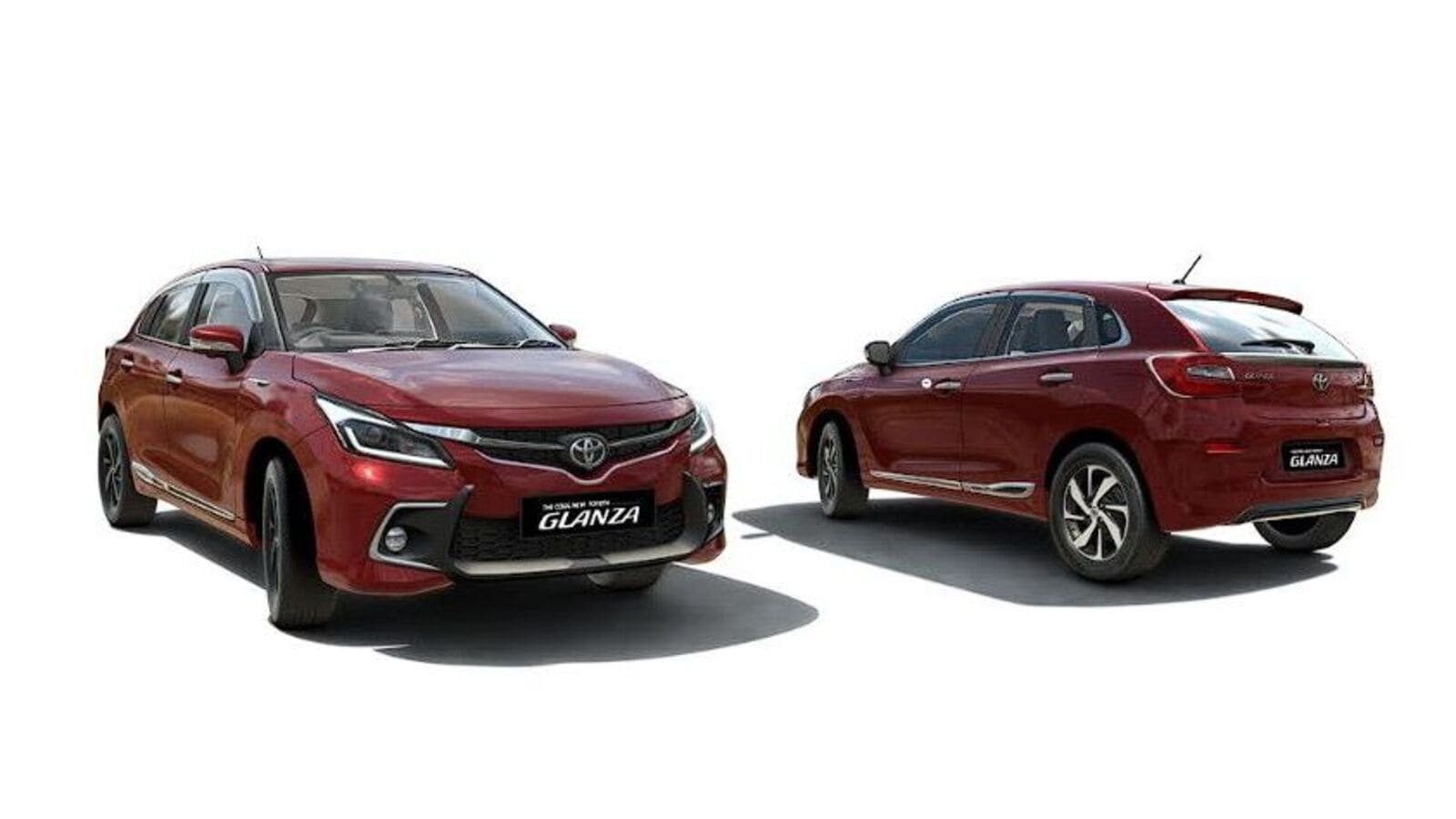On Thursday, Nissan slashed its operating-profit outlook to ¥500 billion for the year through March 2025, down from its prior forecast of ¥600 billion — far more than analysts had expected — due to weak sales in Japan and the US. The cut triggered the biggest fall in the company’s shares since February.
Nissan’s disappointing results only add to the challenges facing Uchida with recent worldwide production cuts already fueling concerns over the company’s ability to achieve the CEO’s targets.
Last month, Nissan shut a plant in China and reduced employee shifts in Mexico, a market where it is the top-selling car brand. These moves came after the company also halted production in Indonesia and Spain in the past few years.
“Nissan set quite a bold target of adding 1 million sales in the next three years, but no one trusts it, as in actuality, the company is reducing capacity,” said Seiji Sugiura, senior analyst at Tokai Tokyo Intelligence Laboratory Co.
The company lacks a new lineup of models, including hybrids, elements that at a time of slowing EV sales growth, a car manufacturer needs the most, Sugiura added.
Recovery Plan
Earlier this year, Uchida unveiled a plan to reinvigorate the Japanese carmaker by greatly expanding its lineup of electric vehicles, forging new partnerships and by selling an additional 1 million cars a year by 2027.
Uchida took up his current role in 2019 as the carmaker was facing an existential crisis in the wake of former chairman Carlos Ghosn’s departure. Uchida’s three-year plan is his attempt to arrest a slump that has seen the company’s global market share shrink from over 5% in 2004 to 3.5% in 2023, according to data by Marklines Co.
How Nissan fares in the world’s largest car market could prove crucial to its chances of success. Its sales in China dropped around 6% in the last fiscal year through March in the face of strong competition from battery electric vehicles made by Chinese brands.
Battery-driven cars are one area that Nissan initially had an early-mover advantage when it launched the Leaf in 2010, the first EV by a major global manufacturer. But Uchida — who led the company’s China operations before becoming CEO — has so far been unable to leverage the company’s EV edge.
Uchida “failed to actually re-escalate the overall EV adoption within the company” to deliver short-term cash flow, said James Hong, an auto analyst at Macquarie Securities Korea Ltd. “That in turn made Nissan lose market share in China, which used to be its biggest profit-contributing market before the decline.”
Among the three major Japanese automakers, Nissan is struggling more than Toyota Motor Corp. and Honda Motor Co. in China and might be the first one to pull out, said Christopher Richter, senior analyst at CLSA Securities Japan Co. “It’s not inconceivable that you could have some foreign makers pulling out of China, including Nissan,” as uncertainty over their ability to recover lost market share persists.
At a briefing after Thursday’s results, Uchida said he sees little chance of the company’s situation in China improving in the near future.
“It’s a very challenging situation in the Chinese market right now,” he said. “Local companies are launching new EVs every three months.”
Rising Competition
The rise of Chinese automakers presents a looming threat in other markets too, including Latin America where Nissan has enjoyed relatively high profitability. Nissan attributed its decision to reduce staff shifts at its joint venture with Mercedes-Benz Group AG in Mexico in June to “changing market conditions.”
Analysts see the possibility of Nissan further cutting its production in China, rather than leaving the market outright, given Uchida and Chief Financial Officer Stephen Ma’s past tenures in the country managing the local joint venture between Nissan and Dongfeng Motor Group Co..
“Withdrawing from China would actually mean something much bigger for those top managers personally and professionally,” Hong said, adding Nissan’s scale would shrink significantly if it were to exit the market. In the end, the company could turn China into an export hub for Southeast Asian markets, he said.
Another key part of Uchida’s revival plan is an effort to build a partnership with Honda as both companies face similar challenges from the increasing competition in China as well as in Southeast Asia.
Although no decisions have been made, industry experts see the potential alliance as favoring Nissan over Honda that has a stronger two-wheeler business. Uchida said Thursday the two companies are engaged in “concrete discussions” and are likely to announce details of the collaboration in the coming months.
Nissan is also looking to refocus in India, investing as much as $700 million with its partner Renault SA to launch six new models from later this year. The two companies currently only have 2% share in the country.
This article was generated from an automated news agency feed without modifications to text.
First Published Date: 26 Jul 2024, 04:03 AM IST



